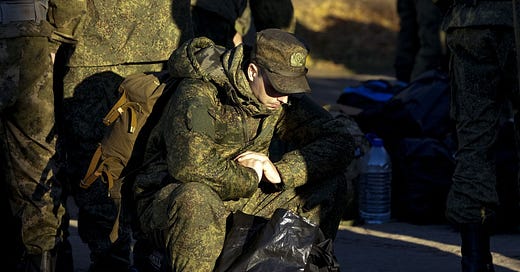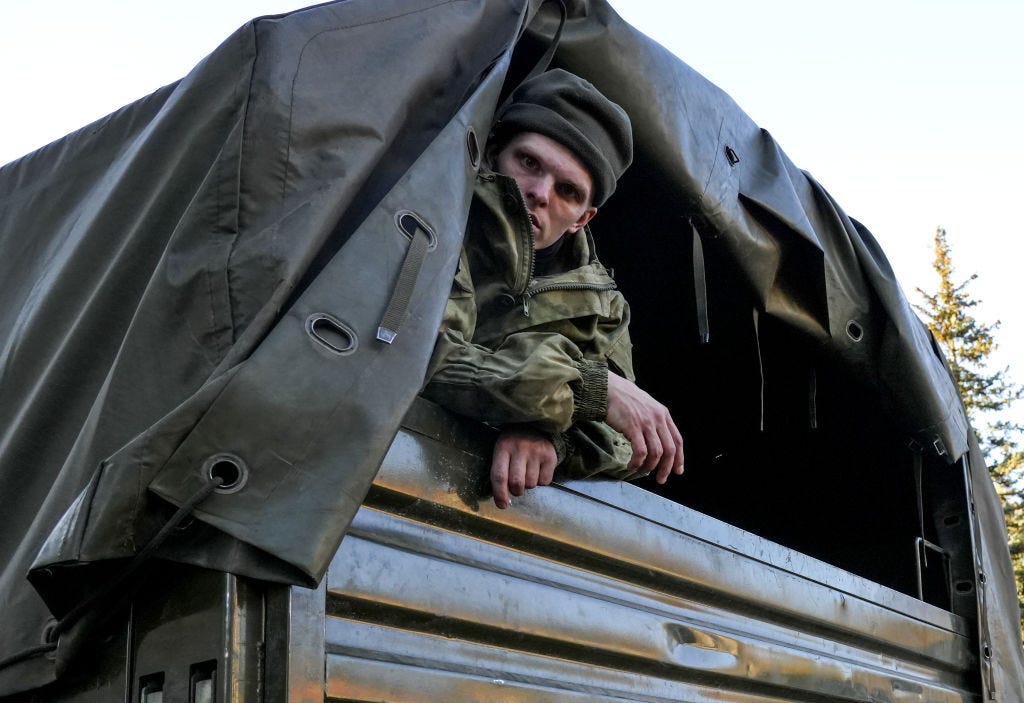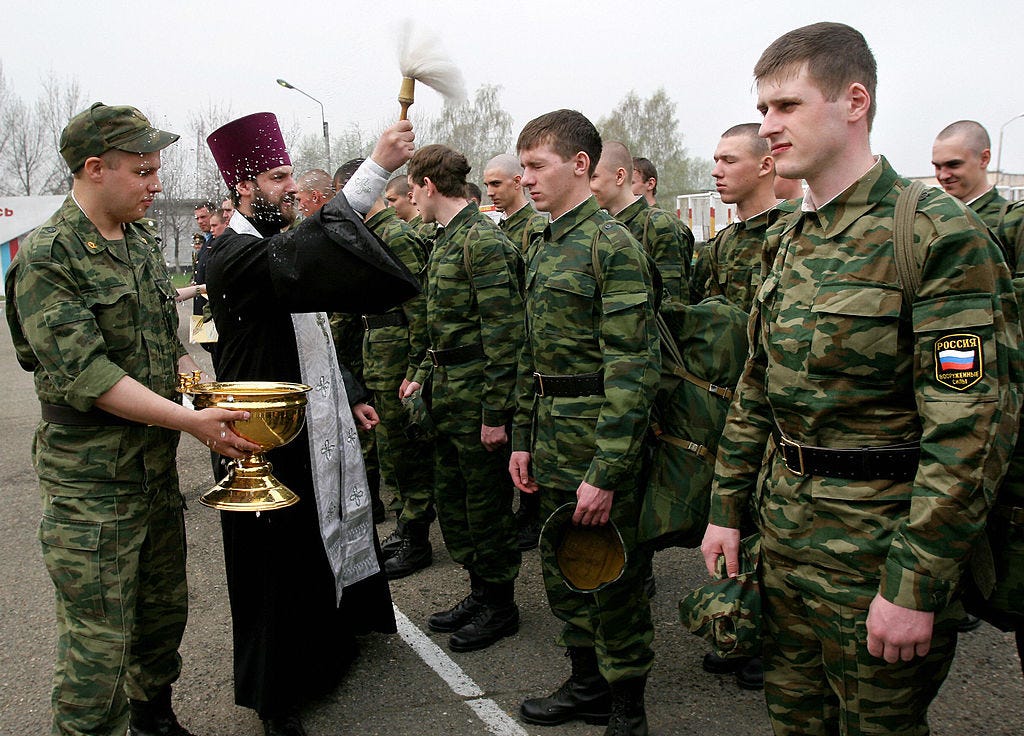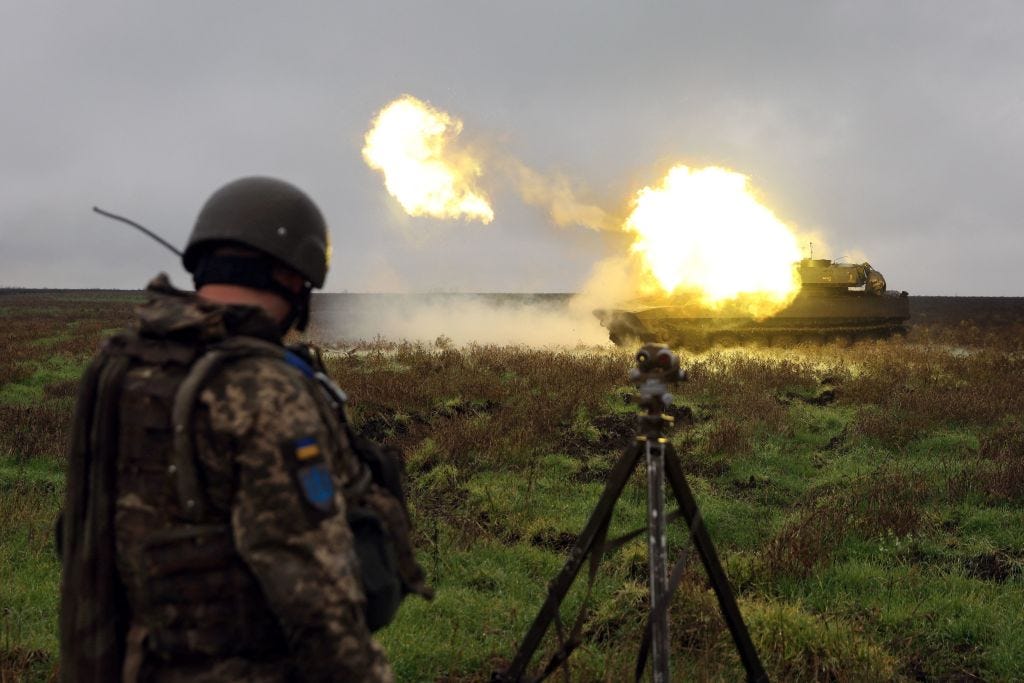Why mobilisation won’t help Putin win the war in Ukraine
The Russian army may have cut its teeth by winning regional wars, but critics say it lacks the structures needed for successful mobilisation.
By Pavel Aksenov, Ilya Abishev, Yekaterina Sedlyarova and Svyatoslav Khomenko
Many people are already calling the mobilisation in Russia a desperate gesture: clumsy, and too late. The Russian army may have cut its teeth by winning regional wars, but critics say it lacks the structures needed for successful mobilisation. Can new conscripts really be turned into an effective fighting force to take on the Ukrainian army in such a short time frame?
Kirill is a 26-year old drum and bass artist from Siberia. He’s never done military service. At the beginning of September he was performing at a rave in Tomsk, but just weeks later, as he told the BBC, he found himself on a train heading to Ukraine - one of many new recruits, swept up in Vladimir Putin’s partial mobilisation order.
In Yekaterinburg, local media outlet URA.ru reported a similar story. The mother of a young man, exempted from military service because of eye problems told how he was nonetheless conscripted, sent to a military camp, and within two days was on his way to Luhansk. He and his group were given no training at all, she said.
All over Russia recruitment centres are struggling to cope as call-up papers are handed out often indiscriminately, and systems are failing. Conscripts are being kept in unsuitable buildings, often without heating or toilets, and some even have to sleep outdoors.
Russia urgently needs more manpower at the front after losses in Kharkhiv, Liman and around Kherson.
Experts say the main reason for this defeat was the shortage of soldiers in frontline units.
In the Russian president’s thinking, mobilisation is the obvious solution.
But the actual result is that two young men from Siberia, and many others like them, are now heading to the front to support the regular army, despite having have never fired a Kalashnikov in their lives.
A Soviet legacy
A month into the war, military experts were already starting to argue that mobilisation would be unlikely to raise the combat capability of the Russian army. Russian troops were trained for local operations, not for a full-scale war. The Russian army considers itself the successor of the Soviet army, but it is different in scale, and crucially, in quality.
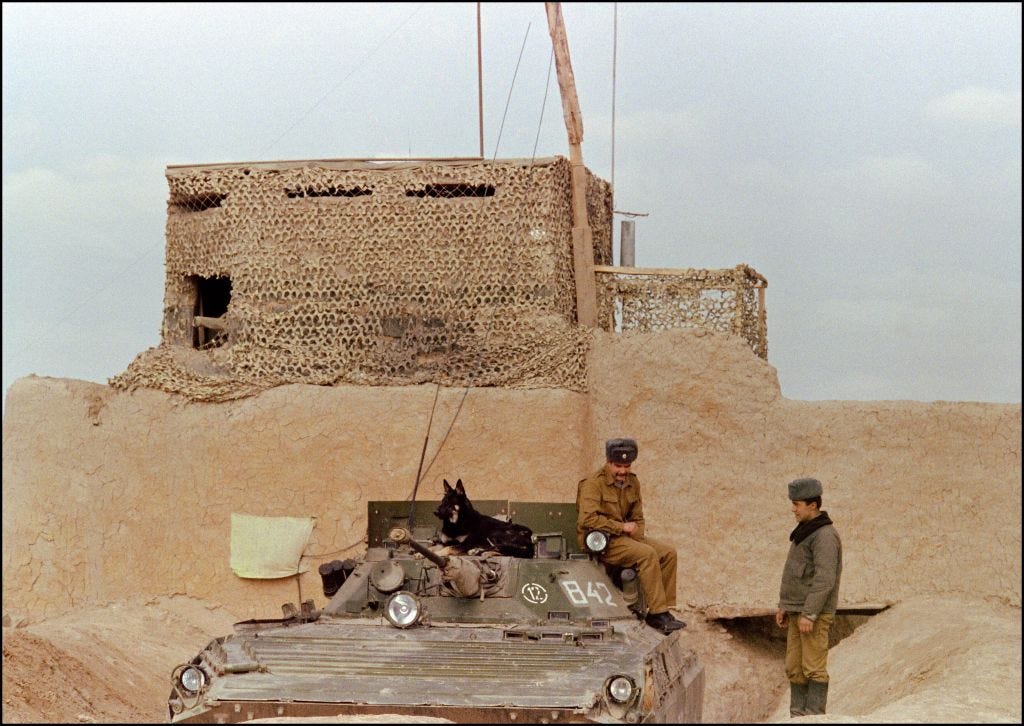
After the collapse of the Soviet Union, the armed forces of the new Russian Federation were greatly reduced. This was partly because there wasn’t the capacity to sustain a large army, but also because there was no more need for one – Russia no longer had to be poised for World War Three against NATO.
The reform, carried out by the minister of defence, Anatoly Serdyukov, was designed to optimise the army for problems considered urgent at that time – the war on terror, and the resolution of minor regional conflicts. Back then NATO was transporting cargo across Russia’s territory for its own use, and for friendly forces in Afghanistan, using military bases in neighbouring states. Russian dissatisfaction with the situation seemed to be a minority viewpoint - something stuck in the past.
At the beginning of 1988, the Soviet army had 4.2 million soldiers. By 2008, when Russia embarked on another military reform, this number had fallen to 1.2 million; dropping below a million after the reform was finished.
As many military experts noted at the time, the reform was never properly completed. In 2012, Alexander Khramchikhin, a military expert, observed that the army had not restored the rank of sergeants, who are largely responsible for training privates. "Most of the current sergeants are extremely demotivated, they don’t have the necessary leadership skills, they are undereducated and psychologically unstable,” he wrote.
American military experts Rob Lee, a senior researcher at the Institute for Foreign Policy Studies, and Michael Kofman, director of the Russia Studies programme at CNA, wrote in the ‘New Times’ in July that the Russian Ministry of Defence had to compromise by keeping poorly trained conscripts and contract soldiers in their ground forces.
Under the new minister of defence, Sergei Shoigu, the Russian army began to restructure their battalions. In the end, the shortage of experienced contract soldiers –against a background of attempts to preserve the overall structure of the army – led to understaffed units. After the invasion of Ukraine, the shortage of military personnel became serious. Inexperienced recruits were rarely sent to the frontline, but there were simply not enough contract soldiers.
Consequently, Russia entered the war with too much equipment and too few men – argue Kofman and Lee.
Indeed, during the war in Ukraine, officers often command small units, the size of a platoon or even smaller.
This can explain the scale of losses amongst officers. According to a BBC report from September 2nd, out of 6024 identified Russian soldiers killed in Ukraine, 1025 were from the officer class, including four generals and 35 colonels – that is to say, 17 percent of fatalities were officers. The death of an officer on the battlefield often signifies that he had to command his soldiers like a sergeant, personally leading them into an attack or holding the defence alongside them, instead of directing through subordinates.
The Soviet army maintained skeleton units during peacetime. Most of the soldiers serving in them were officers. It was assumed that during a war, reservists would enter the units, quickly refresh their military skills, undergo combat coordination, and the army would gain a primarily combat-ready division. These kinds of units were fazed out in the 2008 reform.
It is likely that the latest wave of conscripts will be used to build new units, or sent to the front to replenish existing units experiencing a manpower shortage. Both strategies will probably be used simultaneously.
How do untrained soldiers fight?
The Russian military already has an understanding of the combat-capability of untrained recruits. For several months, in the Kremlin-controlled Luhansk and Donetsk ‘People’s Republics,’ mass-mobilisation has taken place alongside a man-hunt. Civilians are being seized on the streets and sent to the frontline in minibuses.
A soldier who fought with the so-called people’s militia of the DPR and the Russian army told the BBC that all kinds of people ended up at the front during mass-mobilisation. Some behaved calmly, but others were often completely terrified.
“During explosions, several of them just curled up in a corner of the trench and lay there as if paralysed,” he reported. “Others went into hysterics. I had to force them to pull themselves together and get back in the line.”
In a blog-post from 7 September, the DPR’s ‘minister of defence’, Igor Girkin (aka Strelkov) was scathing about the combat readiness of some of the soldiers in the Donetsk militia force.
"Often, even company commanders don’t know how to load a magazine for a machine gun at the start of an offensive,” he wrote.
So, what’s happening to the men being conscripted under the new wave of mobilisation?
Judging by comments on social media and in the news, some of the new conscripts are being sent directly to the front. These are mainly people who already have military experience – but not always. They will likely be used to replenish existing units.
Others are being sent to training centres where they will form new combat units. These units may well face a shortage of experienced officers, weapons and equipment.
The Russian Defence Ministry has promised not to send untrained soldiers to the frontline.
"Conscripts can be stationed at checkpoints with storage facilities, a lot of them carry out garrison and guard duty. They can be sent to Syria or Nagorny Karabakh [breakaway region in Azerbaijan, where Russian peacekeepers had been deployed following 2020 war between Armenia and Azerbaijan], where contract soldiers [are now on duty]. The contractors can also be deployed to Sakhalin and the Kuriles to guard against the Japanese,” explained a Russian military expert, who asked the BBC for anonymity.
"But, of course they’ll go to the [Ukrainian] front at some point," he added.
Does the size of the army matter?
Israeli military expert David Gendelman argued in a Facebook post that as the Russian army contingent [in Ukraine] contained 170,000 men at the start of the war [200,000 if the Luhansk and Donetsk battalions are counted – BBC] the additional 300,000 men announced by Sergei Shoigu would play a significant role.
“Judging by what happened with the Luhansk and Donetsk conscripts and many of the Russian volunteers, riflemen and others with straightforward military specialisms don’t need much training – a few days, or a few weeks at most,” he wrote. “It’s true that these kinds of soldiers will have low combat-capability due to their inexperience and lack of training, but that’s a whole other issue. In general, the Russian Armed Forces have more of a problem with quantity than quality. The tank -crews, and the artillery-gunners and so forth, should be properly trained for a longer period, but it’s clear that everything has been sped up to the absolute limit, in this wave of mobilisation at least.”

The influence of training on the combat readiness of tank crews was the subject of Soviet research.
In 1989, Yuri Kostenko wrote an article titled “The influence of the qualifications of tank crews on the combat effectiveness of tanks" in which he criticised the Soviet system of training tank operators.
He calculated that in a tank-duel, the probability of a moderately-trained crew defeating an opponent is three times lower than that of a highly-trained crew.
Tank crews trained for six months in specialist centres. They used T-72 and T-80 tanks, which are still active in the war in Ukraine.
Andrei Tarasenko, a Ukrainian expert in armoured vehicles, told the BBC that whilst the soldiers being sent to the front may have previously fought in the Russian army, they are not necessarily highly qualified. Like the Soviet army before them, the Russian army has not prioritised the training of tank crews.
“The allowances for ammunition and equipment-depreciation were reduced to a maximum of 20-30 shots with standard ammo, only one in ten trainees got to practise launching a single guided missile, and the mileage for trainees was capped at 1500km. And this was during the heyday of the Soviet Union. It was an unsatisfactory situation – it’s never gone away, and it’s only got worse,” he explained.
“The question is not ‘will these tank-crews rebuild their military skills’ but ‘did they ever have the skills to begin with?” he said.
Judging by social-media posts and eyewitness accounts of the Ukraine war, the Russian army started out with a shortage of experienced military personnel, particularly tank crews. However, many of those who survived the early battles received the military grounding they lacked, and began to act much more effectively.
Much of this also applies to other military specialists, including the infantry and the operators of surface-to-air missiles. Combat experience is paid for in lives, and in order for the untrained ‘new stock’ to pick up at least a few of the necessary skills, they are sent to the rear on exercises. However, such training requires experienced soldiers to withdraw from the front, weakening the remaining units.
“We’ve seen it many times in history, the price of learning is loss,” said Tarasenko.
Problems with sergeants
The Russian army is very low on experienced junior combat commanders, a problem inherited from the Soviet army.
Difficulties with recruitment began in the final years of the USSR. In the post-war period, there was no problem – the vast majority of sergeants, sergeant-majors and officers had fought on the frontline, and young recruits never questioned their authority.
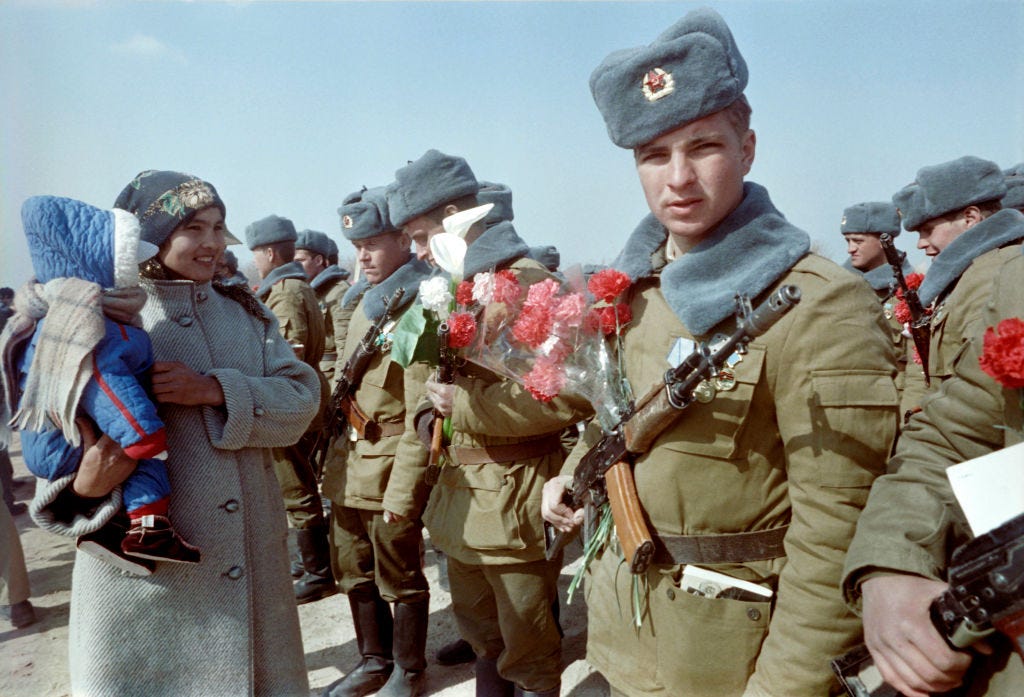
As this generation retired, they left a shortfall of junior commanders with combat experience. The gap could be partially closed by long-serving soldiers, who’d decided to stay on in the army, or those who signed army contracts. But this was not enough for a whole army.
It wasn’t long before a new military hierarchy arrived in the Soviet Union– ‘dedovschina,’ or hazing. The Russian expression comes from the word for grandfather, as the sergeants’ place in the army was taken over by the senior conscripts, the ‘granddads.’ This army institution borrowed traditions from criminal subculture, it was ugly and cruel and went against the principles of military command – but it worked. The officers became more reliant on the ‘old timers’ who had served for eighteen months than on the young sergeants who’d been called up six months earlier after graduating from junior commandant school.
With a few exceptions, the rank of sergeant in the Soviet army was a fiction. A soldier in his first year with two stripes on his shoulder had no real power – everything was run by the ‘granddads’ who treated all the first years in the same way.
Naturally, a sergeant came into his own in the second year, yet he could still be replaced by any other soldier from his cohort.
Who will lead the soldiers from the mass-mobilisation?
The ‘granddads’ have not vanished from the Russian army.
“What authority will a recent graduate have amongst mobilised men in their forties and fifties?” a former Soviet army soldier told the BBC. “Those lieutenants and even the captains were toddling around under tables when the older guys were storming the Chechen hills and forts. Even to a 30-year old reserve private, a 23-year old lieutenant is just a kid. He’s the same as a first-year soldier or ‘ghost’ (‘dukh’ in Russian).”
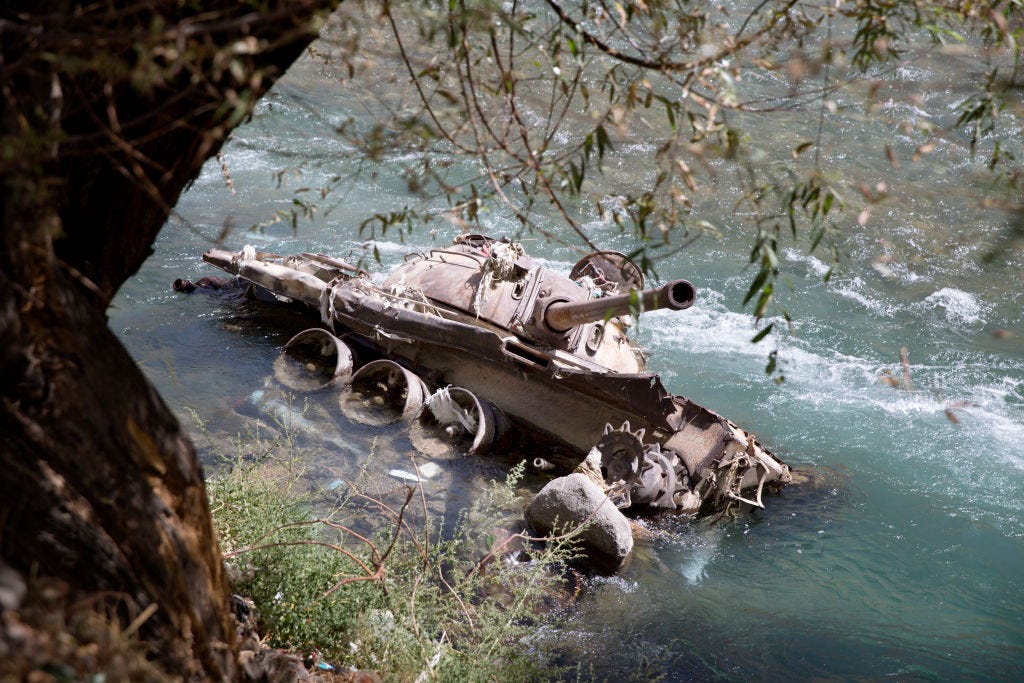
“Old-timers’ will respect an officer if he has combat experience,” says the soldier.
“Otherwise, they’ll just tell him where to go. Where can you find experienced officers? Only at the front. A ‘rear rat’ will be quickly discovered, never mind which rank he’s in.”
The skills acquired in one war often prove useless in another. In the first Chechen campaign, Afghan war veterans mentored the soldiers heading to the Northern Caucasus. “Then we got messages from the survivors, stuff like: ‘Guys, you’ve never seen a real war,” recalls one soldier, who served in Afghanistan.
“The advice from the ‘Afghantsy’ who survived that war often turned out to be inappropriate, because the fighting conditions in the mountainous deserts of the Hindu Kush – against scattered, lightly armed and poorly trained mujahadeen – were very different from meeting troops in the wooded mountains of the Northern Caucasus, who were well-equipped and had often trained in the Soviet army,” the soldier recalls.
In Ukraine, the Russian army confronts a much more formidable opponent. The soldiers’ prior experience of war – from Chechnya or Georgia, and especially Syria – can be unhelpful, or even counterproductive. Modern warfare has gone high-tech, and if a soldier unthinkingly repeats twenty-year old tactics, he will most likely get killed. Videos on military Telegram channels often show the same kinds of scenarios: a soldier crouching in a trench, head down, not smoking, not giving his position away – before a drone appears and drops a grenade on him.
Level of physical training
The level of physical training for mobilised soldiers is very important. A professional soldier is essentially a sportsman (most professional sportsmen retire in their late thirties, even earlier in some sports.) There are sportsmen and frontline soldiers aged 50 to 60, though this is rather unusual.
The loads servicemen carry in combat zones can be extremely heavy. For example, machine gunners in air-assault units have to carry 60 kilograms or more on their shoulders. The standard ammunition load for a Kalashnikov is 2000 rounds weighing between 22 and 25 grams, making around 50 kilos in total. A full load of ammunition can be easily used up in half an hour of intense combat. The machine gun itself weighs 9 kilos. Then there’s the spare barrel, the gun-boxes and belts, a sapper’s spade, a helmet, body-armour – another 15 kilos. Plus uniforms. And it’s also good to have a radio, thermal-imager, binoculars, a first-aid kit, dry rations, a flask of water, a saucepan, sleeping bag, ground mat, rain-coat, and warm clothes, and countless other small things.
Half of the ammunition, the gun boxes and belts can be carried by the second member of the machine gun crew. But he also has his own machine gun with ammunition and the same equipment, the load is usually shared equally. In Afghanistan and Chechnya, paratroopers’ rucksacks weighed about 60 kilos before a combat mission. Some modern equipment is better and lighter, but the crucial things – weapons and ammunition – are as heavy as ever.
A soldier often needs to run and dig carrying all this equipment.
“Above all, war is heavy, dirty work,” says the former soldier. “Often it tests human strength to the limit. Romantics who’ve watched patriotic films and absorbed all those fiery speeches from TV have no place there. Especially those who’ve lifted nothing heavier than a pint of beer for the last five to 10 years.”
How will Ukraine respond?
Israeli military expert, David Gendelman, who is convinced that a physical mass of men still plays a crucial role in modern land wars, notes that Ukraine still has sufficient troops to overpower the Russian army, even after mobilisation.
“Therefore, they [the Ukrainian government] keep a million people on the conscription list, and don’t let the men go abroad as they may be needed for the next mobilisation. Because size matters. Proper use of a resource is all well and good, but you’ve got to have the resource first. Without the huge army, Zaluzhny [the commander of the Ukrainian Armed Forces], for all his talent would have nothing more than ‘Time’ magazine [that had his picture on the cover] to fend off the advancing enemy. No amount of Himars [US supplied missiles] would help. And the Ukrainian government knows this well, size matters,” wrote Gendelman on Facebook.
Ukrainian journalist Yuri Butusov, who specialises on the military, said that the arrival of hundreds of thousands of recruits at the front would allow the Russian army to saturate their defence lines and thus complicate the Ukrainian offensives. But he has no faith in the ability of the units – staffed primarily by conscripts – to conduct active hostilities.
The advisor to the President of Ukraine, Mikhail Podolyak, told the BBC that the announcement of the mobilisation of 300,000 Russian recruits should have had more of a psychological impact, “Well, an ineffective army summoning a huge number of unprepared people has very little impact on us here on earth,” he said.
Podolyak reminds us that mobilisation in Ukraine, which officially began on the first day on the invasion – February 24th, is still happening, although not at such an intense rate as in the early weeks of the war.
“We will observe the logistics on the battlefield, and make certain adjustments if needed. But I’ll underline the point that our own mobilisation programme is already complete. At present, mobilisation is mostly for some rare and specific military specialisms,” he said.
So far, Ukraine has banned men between the ages of 18 and 60 from leaving the country, with a few exceptions. Recently, one such exception was struck off. Border guards stopped letting students of foreign universities out of Ukraine, because document forgery was so common.
It’s clear that the authorities retain these restrictions because of the likelihood of a scenario arising when a huge number of people will need to be called up at once.
In a recent interview with press agency Interfax Ukraine, minister of defence, Alexei Reznikov refused to say directly whether Russia’s mobilisation would trigger an additional mobilisation in Ukraine. He only conceded that Kyiv is taking pre-arranged steps to train reserves. For example, he said, Great Britain has taken on the task of training 300,000 soldiers for the Ukrainian army. “These are motivated people, they’re not just being driven like sheep.” According to the minister, several other western countries will follow London’s example.
Read the full story in Russian here.
Translated by Pippa Crawford

